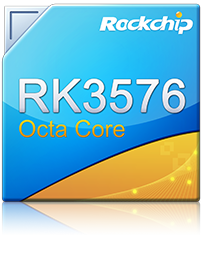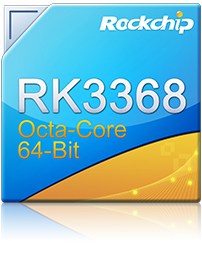mksport

RK3576
- ARM 64位高性能八核通用处理器,丰富的PCIE/USB3.0/SATA/GMAC等各类高速及CAN FD/DSMC/UART/SPI/I2C/I3C等低速扩展接口,计算及扩展能力通用性强,一个平台可快速部署多种产品。
- 内置6TOPS*自研高效率AI处理器单元,满足各类人工智能应用。
- 丰富的显示接口,高效率GPU处理器,支持3个显示屏异显(每屏内容不同)。
- 强大的影像感知、视频编解码及音频处理能力,整合视觉和语音识别交互。
- 标准Android、Linux SDK支持,适配各类国产OS。

RK3588
- 8nm先进制程,8核64位架构,高性能,低功耗
- ARM Mali-G610 MC4 GPU, 专用2D图形加速模块
- 6TOPs NPU,赋能各类AI场景
- 8K 视频编解码 , 8K显示输出
- 内置多种显示接口,支持多屏异显
- 超强影像处理能力, 48MP ISP, 支持多摄像头输入
- 丰富的高速接口(PCIe, TYPE-C,SATA, 千兆以太网),易于扩展
- Android 和Linux OS

RMSL201-1301
- 专业DSP深度计算,精度高,环境兼容性高,灵活性高。
- 提供刷脸支付全栈方案,DSP到AI芯片,深度算法到光学设计,全方位支持。
- 针对人像的ISP优化,在各种复杂极端的光环境下保证人脸效果。
- 一流的模组生产合作伙伴,保证产品质量。
- 支持第三方算法,支持聚合支付。
- 支持前置 AI 活体算法,方便整机部署。














 闽公网安备 35010202001061号
闽公网安备 35010202001061号